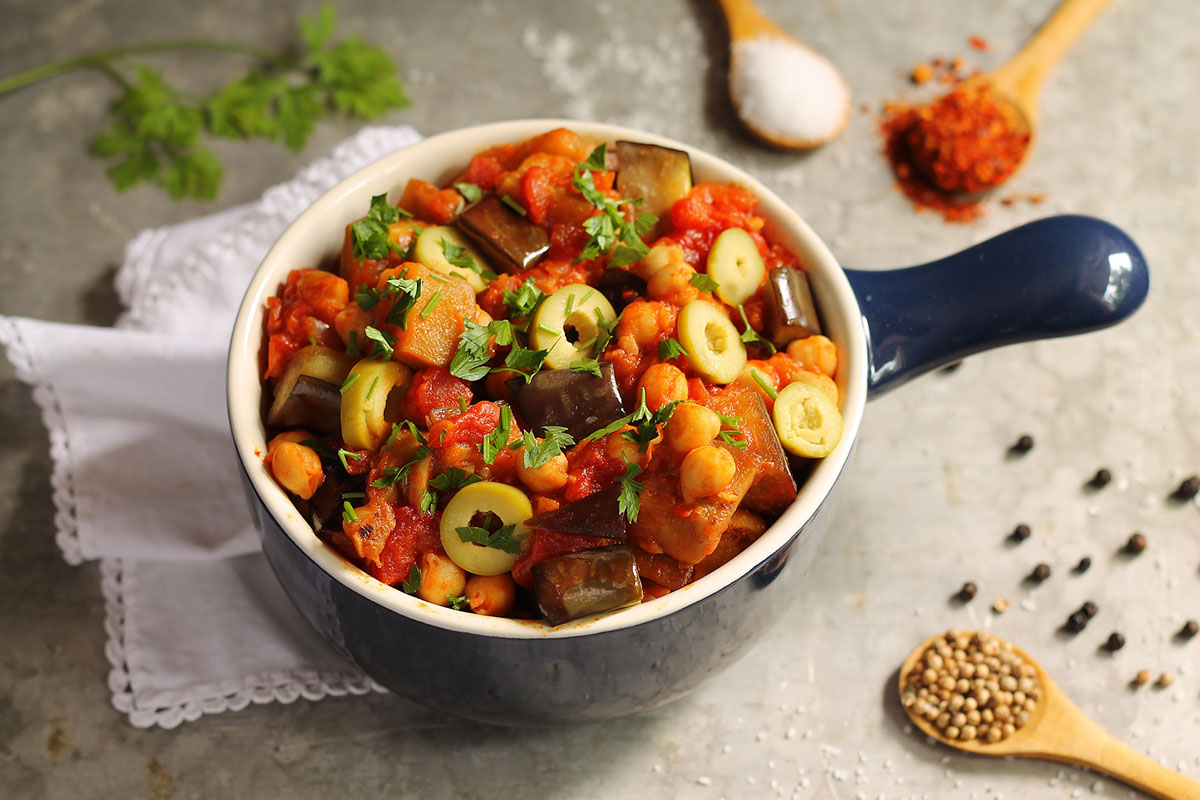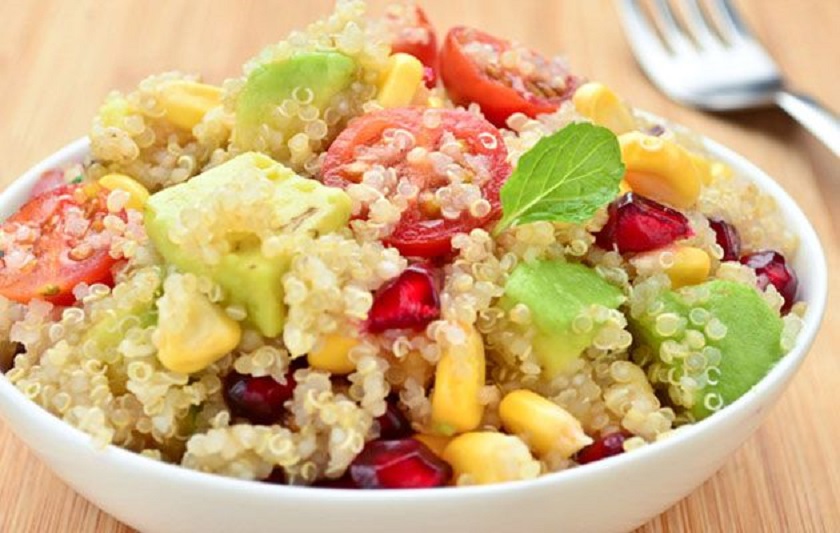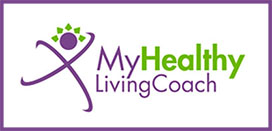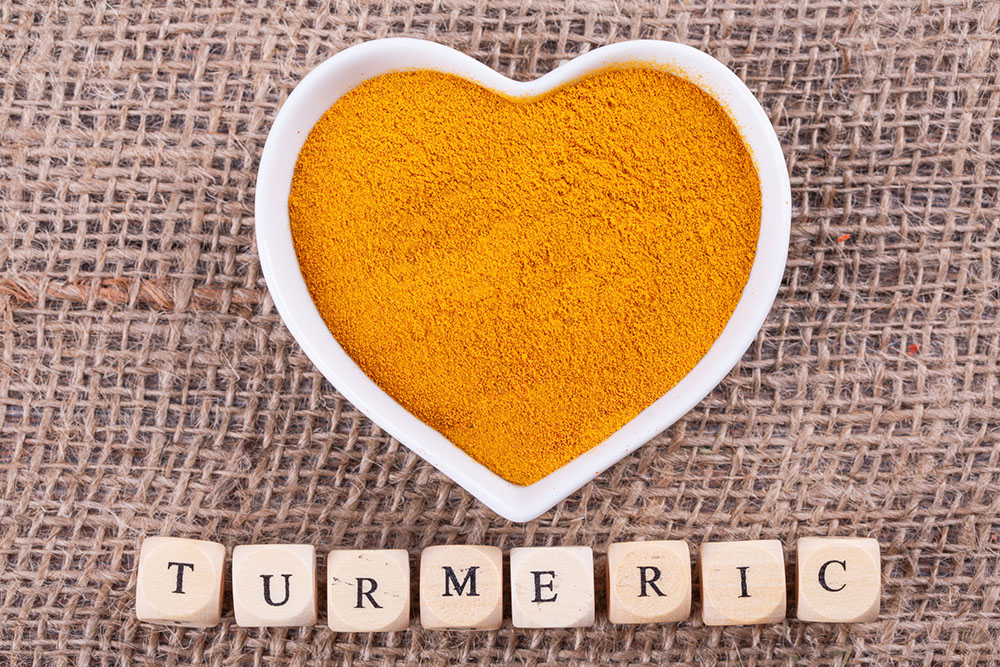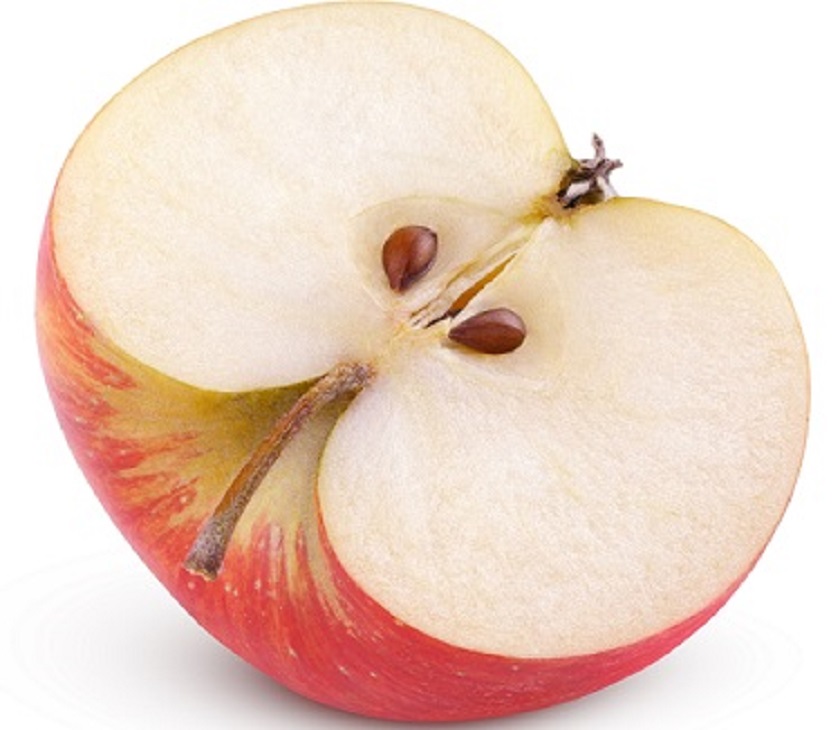Truth be told, we love all fruits and vegetables around these parts. A nourishing living foods diet composed of mostly fresh vegetables and fruit is a cornerstone of health, and greatly responsible for how radiant we feel even at this stage of life. But there are some fruits and veggies that are particular powerhouses when it comes to one essential nutrient potassium. Potassium is crucial for the proper functioning of every cell and organ in the body, and the best sources are the foods we love to eat anyway.
Why We Need Potassium
Potassium is one of the most important nutrients. It is a mineral that is key player in many vital functions, including its role as an electrolyte that supports the electric impulses of the body like the heartbeat. The body needs adequate potassium levels to synthesize the proteins that perform countless vital functions, maintain a normal rate of cellular growth and regeneration, digest food, build muscle, break down and utilize carbohydrates, and keep the heart functioning.
Luckily, potassium is readily available in a healthy diet that includes an abundance of vegetables and fruit. It is possible to have too much or too little potassium in the body, but those conditions usually only occur in people that are not eating any fruits, vegetables or legumes, or taking certain medications. Though if you have a lot of sodium in your diet, you will need more potassium to balance it out.
Generally it advised for adults to get 4,700 milligrams of potassium per day, and 3,000 to 4,500 milligrams for children. It is rarely recommended to take a potassium supplement beyond the small amount present in most multi-vitamins, as it is readily available in food and taking too much potassium can cause health problems.
Kale, Tomatoes, and Bananas
Kale, tomatoes, and bananas are some of our favorite potassium sources because they can be enjoyed raw. They also provide other essential nutrients that vary from each other; so eating all three in one day ensures that we get an array of nourishment.
Kale is one of the most nutrient-rich greens. It is very high in potassium, offering 491 milligrams of the valuable mineral per 100 gram serving. Kale is also an excellent source of calcium (more than dairy milk!), iron, vitamins A and C and chlorophyll. It also contains lutein and zeaxanthin, phyto-nutrients that protect the eyes.
Some of the nutrients in kale are fat soluble (need fat to be absorbed by the body), so it is best to eat it with a little healthy fat like coconut oil or soaked raw almonds. If you are new to raw kale it can be challenging to the digestion at first, so try massaging it with fresh squeezed lemon and olive oil to make it more digestible, or add it to a green smoothie in a high-speed blender. Kale looses at least half its potassium content when cooked, so it is best to eat it raw to get the full benefit.
Tomatoes are another high-quality source of potassium. They provide 237 milligrams of potassium per 100 gram serving. This is not as much as some of the leafy greens, but great for adding variety to your diet while still contributing to your overall daily potassium intake. Tomatoes also provide vitamins C, A and some of the Bs. They are also high in lycopene, a phyto-nutrient that protects the heart. To get the highest vitamin content tomatoes need to be grown on the vine, not in a hot house.
Bananas are the highest fruit source of potassium (other than avocados, which most people forget are fruits). They contain 358 milligrams per 100 gram serving. They are also a good source of fiber, vitamin B6, magnesium, and antioxidants. Bananas can help stave off depression because they are high in tryptophan, one of the components of serotonin. They are also a natural antacid and prebiotic, supporting the digestion.
Other Vegan Sources of Potassium
Potassium can be found in many other veggies and some fruit, as well. Avocado is the highest fruit source, containing just about as much potassium as kale. Spinach is high up there, as is broccoli, beets and beet greens, cantaloupe, apricots, cabbage, and asparagus.
Each 100 mg serving of these foods contains 7 to 12 percent of the recommended daily amount, and for some of these foods we tend to eat more than 100mg as a serving. So if you are basing your meals around vegetables and fruit, with plenty of leafy greens, you will get sufficient potassium to keep your body happy and functioning well.
We love kale, tomatoes, and bananas for many reasons, including the fact that they are delicious! And they provide potassium, a key nutrient for many body processes. Enjoy a healthy diet that includes plenty of vegetables and fruits, and you will get an abundance of the vital nutrients your body needs to thrive.


